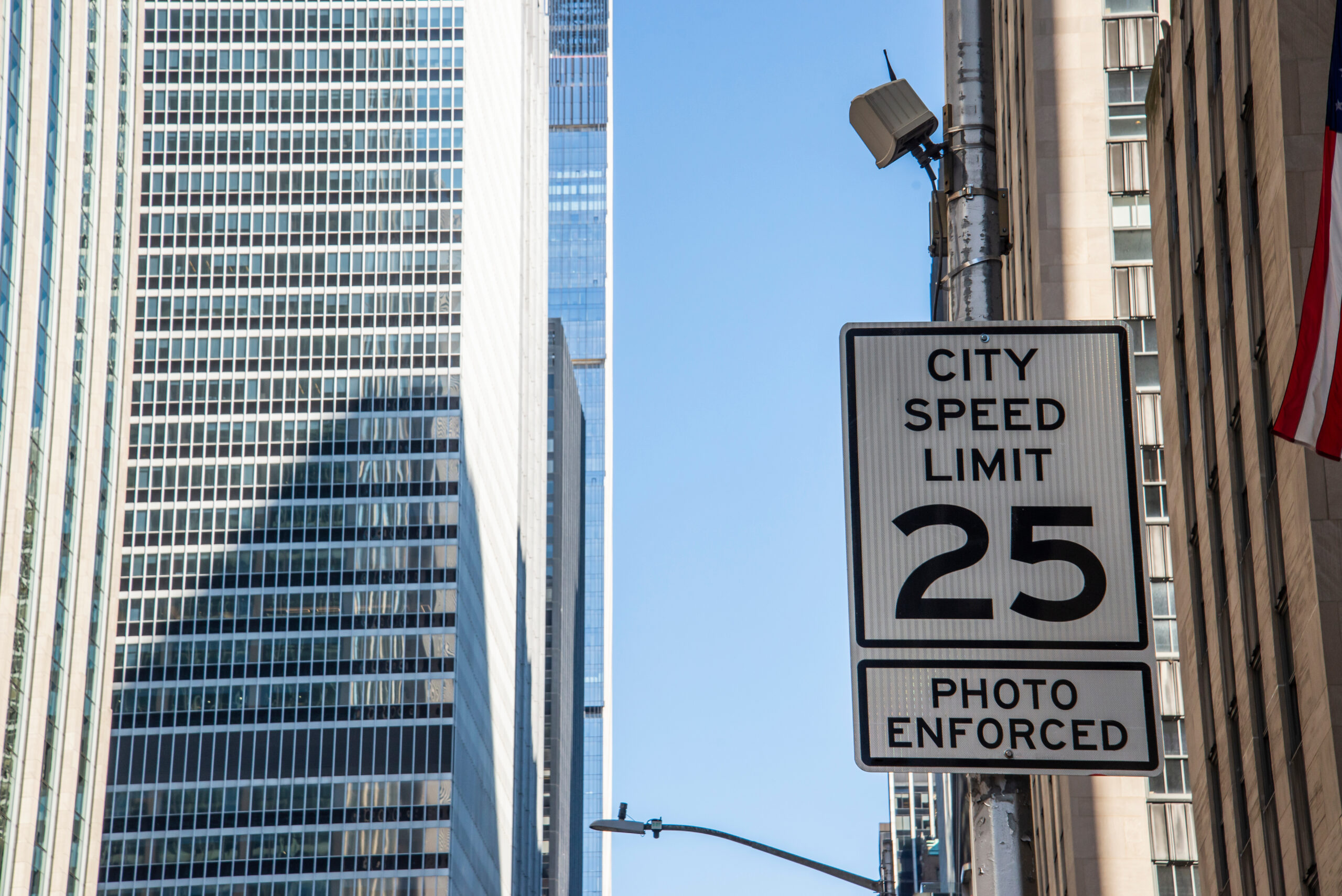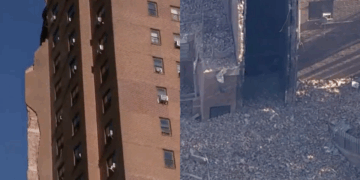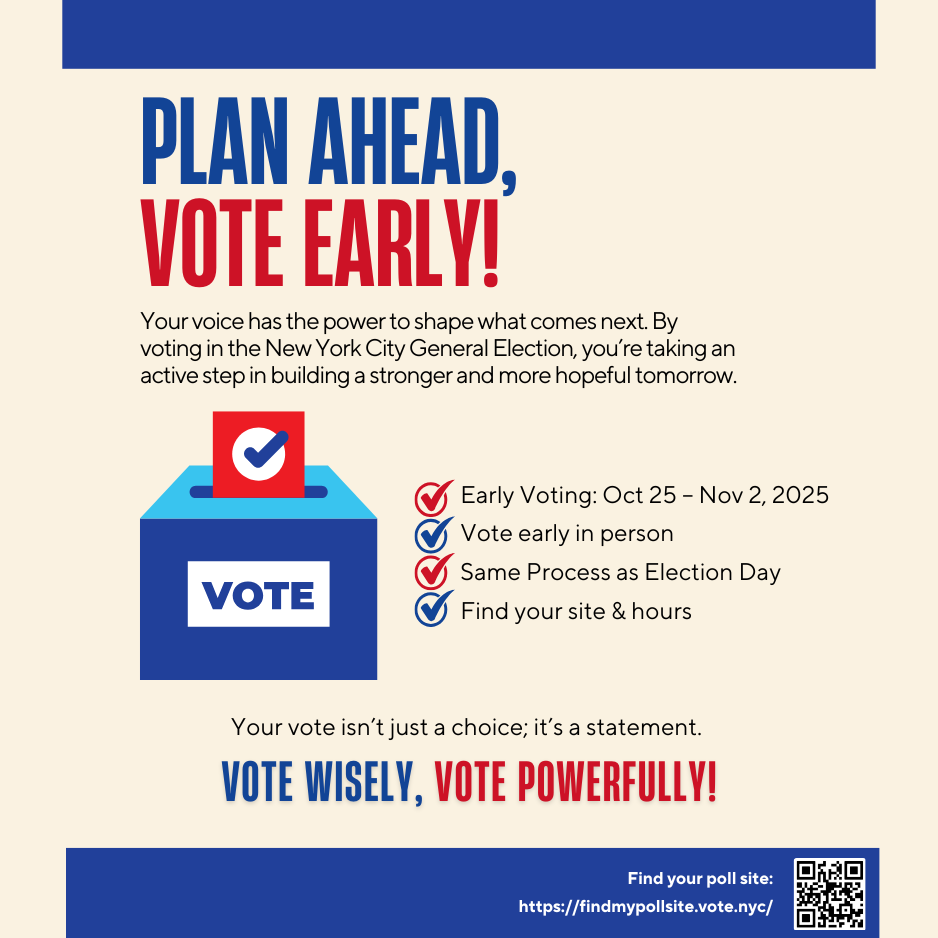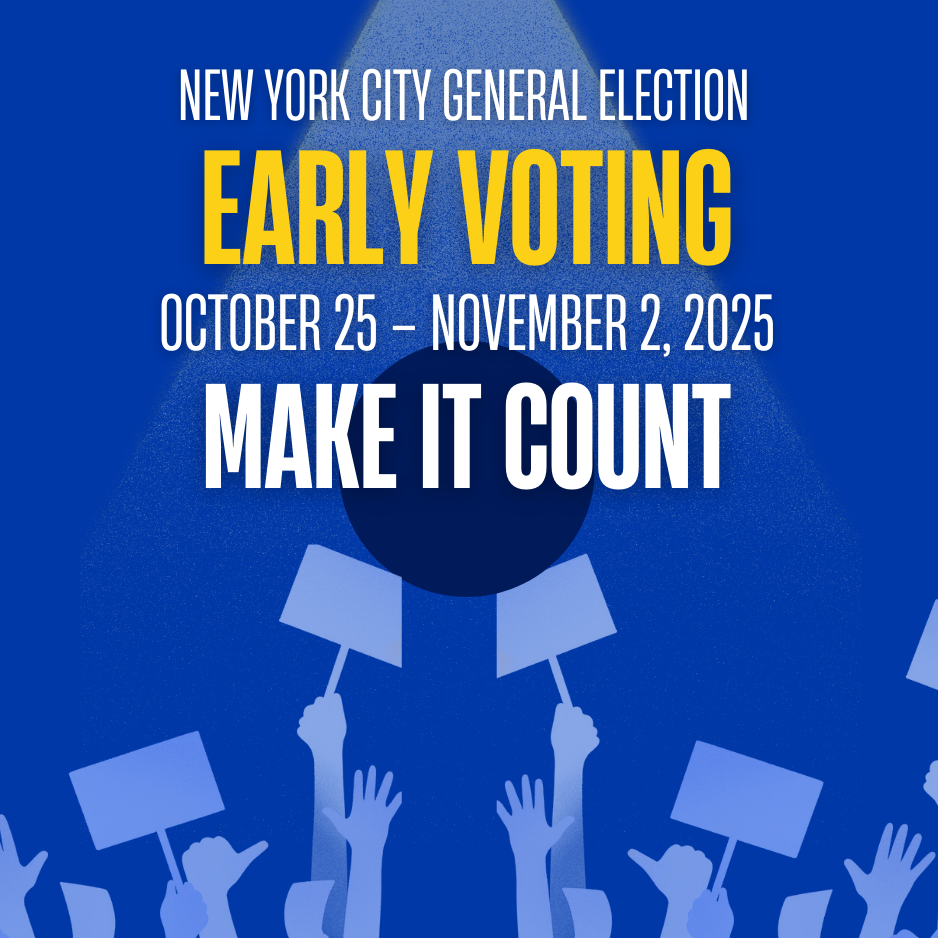On Wednesday, October 9th, New York City began implementing lower speed limits under Sammy’s Law, aiming to improve street safety. The city named this law after 12-year-old Sammy Cohen Eckstein, who lost his life in 2013 when a vehicle struck him. The law allows the city to reduce speed limits to 20 miles per hour on individual streets and 10 miles per hour on streets undergoing significant safety-related redesigns.
The city first implemented the new speed limits on Prospect Park West in Brooklyn, where workers installed 20 mph signs along a 19-block stretch from Grand Army Plaza to Bartel-Pritchard Square. This area holds special significance because it is where Sammy lost his life. The city hopes the new limits will prevent similar tragedies and reinforce its commitment to safer streets.
The New York City Department of Transportation (NYC DOT) plans to expand the reduced speed limits to other areas, including a Regional Slow Zone in Lower Manhattan south of Canal Street and a 1.4-mile stretch of Audubon Avenue in Washington Heights. By the end of 2025, the NYC DOT aims to lower speed limits in 250 locations citywide, focusing on areas near schools, shared streets, and open streets.
NYC DOT Commissioner Ydanis Rodriguez emphasized the importance of these changes: “A driver’s speed can mean the difference between life and death in a traffic crash, so the speed limit reductions we are making will help protect everyone who shares our busy streets…Without Amy and Families for Safe Streets, the group she founded in response to Sammy’s tragic death, we wouldn’t be here today—honoring her son’s memory and preventing other families from experiencing the same grief of losing a loved one to traffic violence.”
Gary Eckstein, Sammy’s father, spoke about the impact of the new speed limits: “If traffic had been moving more slowly, Sammy and the driver of the van would have had more time to see each other and avoid a collision…We look forward to seeing DOT roll out 20-mile-per-hour speed limits on even many more streets and neighborhoods throughout the city so that many more lives can be saved.”
The NYC DOT will also introduce 15 mph limits in 47 school zones and 10 mph limits on shared streets—areas designed to prioritize pedestrians and cyclists. The agency is establishing Regional Slow Zones in each borough, beginning with Lower Manhattan.
These changes support the city’s broader Vision Zero initiative, which seeks to eliminate traffic fatalities. Alongside the lower speed limits, the DOT is expanding the red-light camera program and improving visibility at intersections through daylighting. The agency expects to finish daylighting at 1,000 intersections by the end of the year.
The city focuses on speed limit reductions in Priority Investment Areas (PIAs)—neighborhoods with high population density and a greater need for safety investments. This approach ensures that the most vulnerable communities benefit first from these changes.
With Sammy’s Law, the city honors Sammy Cohen Eckstein’s memory and recognizes the advocacy efforts of his mother, Amy Cohen, and Families for Safe Streets. By reducing speed limits and enhancing safety measures, New York City aims to prevent future tragedies and make its streets safer for everyone.












